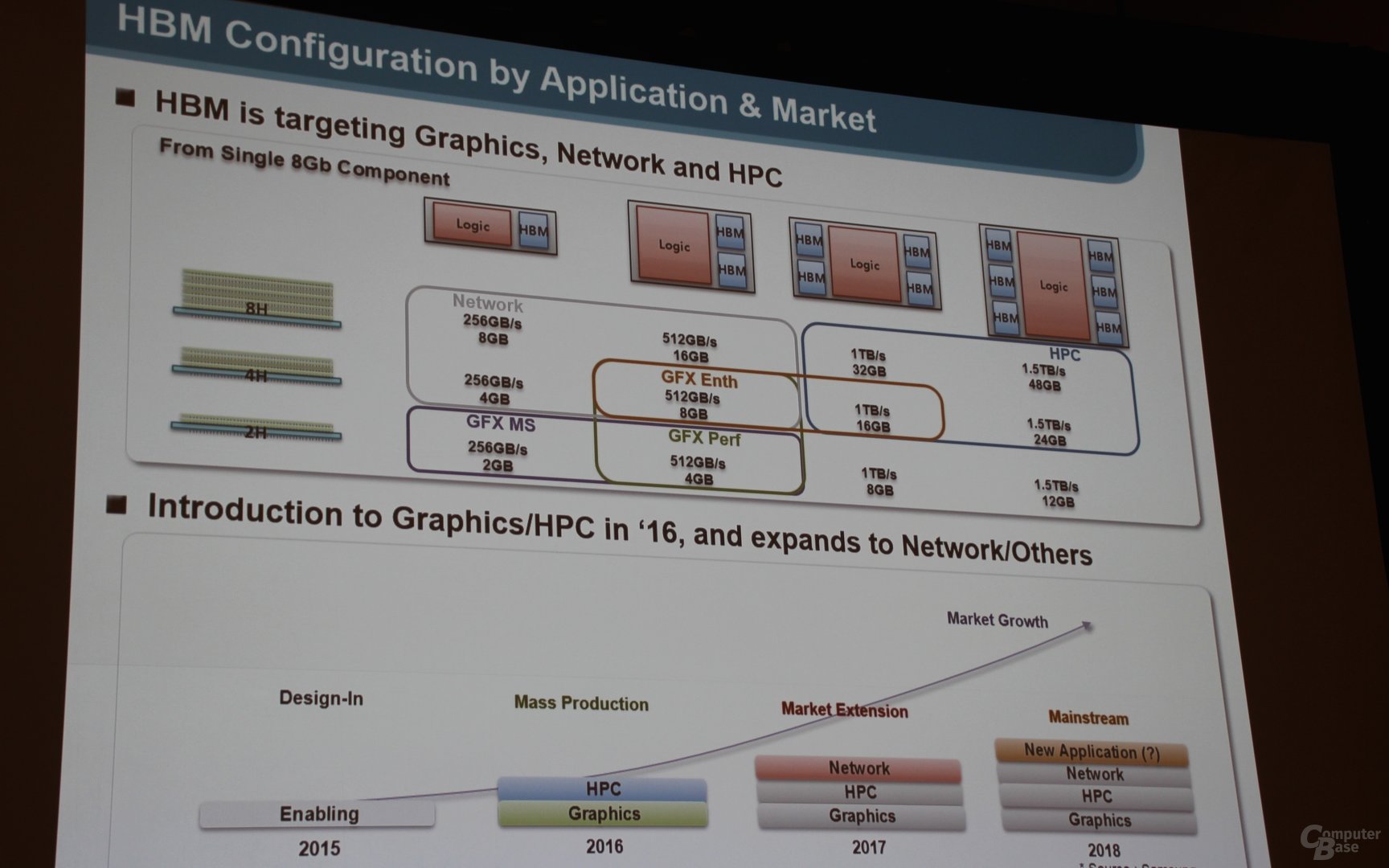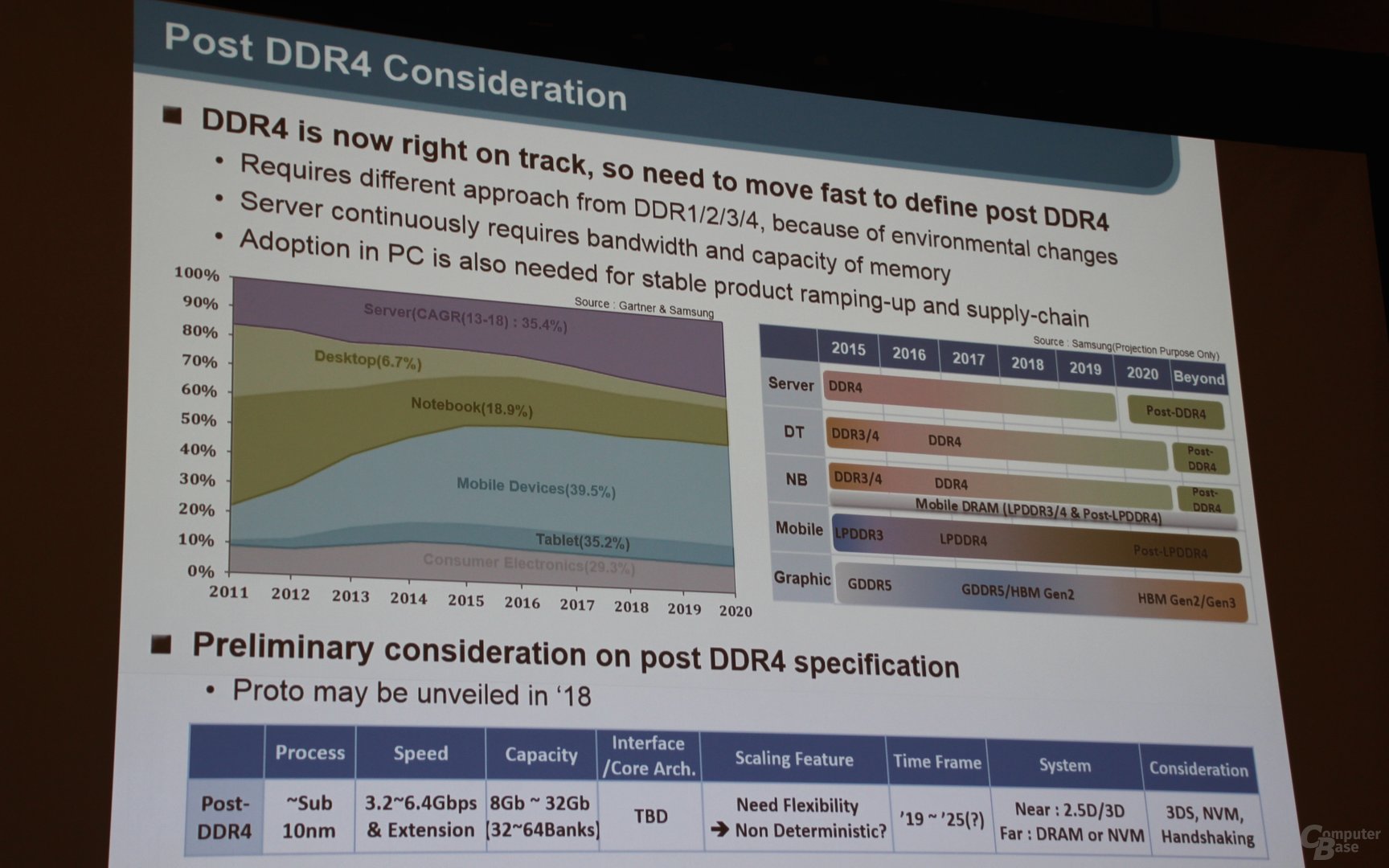This is not only PC related, but since PC gamers will be the first ones to have a chance at doing this, I'll post it here for the laughs.
AMD DETERMINES THAT ABSOLUTE IMMERSION IN VR REQUIRES 128 MEGAPIXEL DISPLAY
http://www.tomshardware.com/news/amd-virtual-reality-resolution-presence,29814.html

The core theme of VR is presence. Nobody seems to have precisely defined what presence really is, but it's essentially the connectedness to the experience, the way that you're part of the game or video; or put another way, it's how you forget that you're in a virtual environment. Some of the things that detract from presence are low framerates, high latency, low-display resolutions, incomplete input (such as missing hand-tracking) -- all the obvious things.
To explain, we must start with explaining why we shouldn't be measuring the resolutions of VR displays as we do the resolutions of computer monitors, but in a slightly different way. Here's why. Common sense would seem to say that a VR headset with a 1440p resolution will be sharper than one with a 1080p resolution, but that's not all there is to it. Two 1440p headsets may be very different, with one being sharper, and the other having a higher field of view.
That's where the issue lies -- simply expressing the resolution in a height and width doesn't tell you anything about the headset's field of view, and therefore not precisely how sharp the image will be. Instead, AMD brought up an older term -- PPD -- which is short for "Pixels Per Degree." You need PPD and two angles to give you the complete picture of a VR headset's display.


With those numbers, and the resolution of the fovea (the most sensitive part of the eye), AMD calculated the required resolution. The fovea sees at about 60 PPD, which combined with 120 degrees of horizontal vision and 135 degrees of vertical vision, and multiplying that by two (because of two eyes) tallies up to a total of 116 megapixels.
Yes, you read that right: 116 megapixels. The closest resolution by today's numbers is 16K, or around 128 megapixels.
Additionally, consider that VR needs to run at framerates above 90 FPS, and ideally with latencies below 20ms to avoid drawing you out of the presence.
If you consider that we're still a ways off from pulling off photo-realistic graphics on ordinary monitors at framerates and latencies that absolutely wouldn't be suitable for VR, and that these monitors have resolutions as high as about 8 megapixels for a 4K monitor, you can start to see that we're still quite a ways away from the hardware that allows us to create absolute presence.
So, how many years do you think it will take: ten, fifteen or maybe twenty?

























































